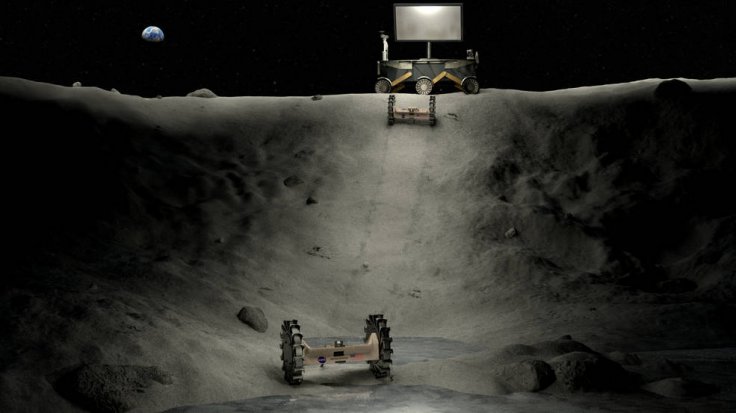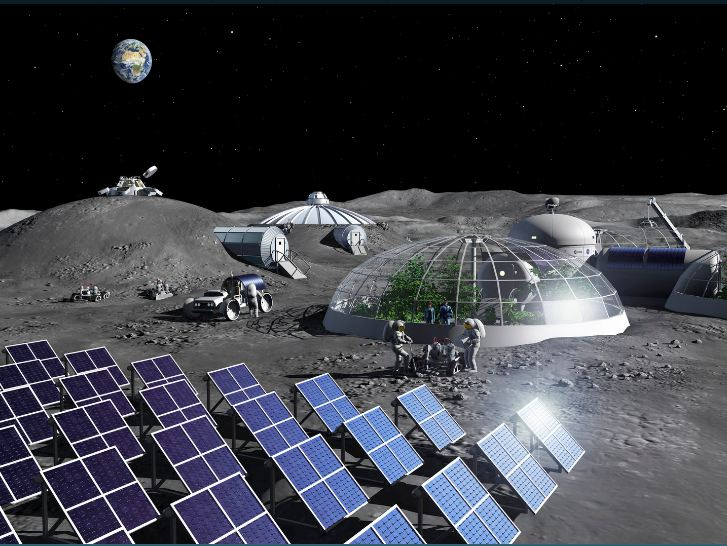NASA has awarded eight universities with grants that will be used to develop new technologies for the exploration of the Moon's dark side. The technologies that will be made by these universities will be used in upcoming missions under NASA's Artemis program.
NASA's exploration of the Moon for the Artemis program will be kicked off by a robotic mission to study the Moon's far side located between its poles. It will then be followed by a human expedition sometime in 2024.

NASA's Program And New Partnerships
For the upcoming mission, NASA established the Breakthrough, Innovative and Game-Changing (BIG) Idea Challenge that awarded teams from eight universities with a grant of almost $1 million to develop new technologies for the Moon.
One of the institutions working with NASA is Arizona State University, which is developing a spring catapult that can launch ball-shaped probes to collect data from different locations. Dartmouth College is also working on four-wheeled rover scouts that will navigate through the Moon's terrain to explore various locations around its poles.

Studying Water Sources On The Moon
To study the presence of water on the Moon, Pennsylvania State University is making an instrument that can measure the composition of lunar regolith. The data that will be collected by this instrument can help map out the location of resources such as water ice.
The Colorado School of Mines and the University of Arizona are working on wireless power sources derived from lasers. These sources will provide energy to NASA's other equipment that will extract water in the Moon's shadowed regions.
Contributing To NASA's Future Lunar Mission
The other universities involved in the upcoming lunar mission are Massachusetts Institute of Technology, Michigan Technological University, Northeastern University and the University of Virginia. Teams from these universities will help NASA in collecting valuable data from the dark regions of the Moon.
Chad Rowe, the acting manager for NASA's Space Grant project, said:"These students (in universities) are part of the Artemis generation and they are helping fulfill NASA's mission needs today, while developing relevant hands-on experience that will prepare them for aerospace careers after graduation."
Artemis program
With the Artemis program, NASA plans to land the first woman and next man on the Moon by 2024, using innovative technologies to explore more of the lunar surface than ever before. "We will collaborate with our commercial and international partners and establish sustainable exploration by 2028," said NASA on its website.
Read more









